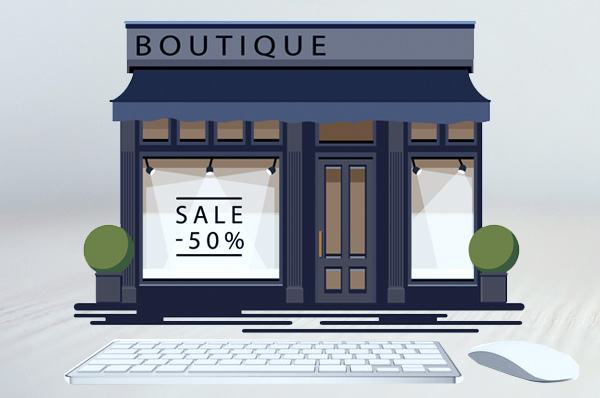Best Buy similarly has a great omnichannel approach in which physical and digital retail intermix to provide the customer with the most convenient way to shop and receive their purchases.
You’ll notice that it’s not just about the shopping journeys, either. Omnichannel means unified marketing and branding that stretches across all channels to deliver the same messaging and brand recognition.
This approach is also just as suitable for small businesses as it is for larger corporations.
As an example, a small coffee shop might offer an omnichannel experience by putting QR codes on bags of coffee in the store that take shoppers to their website where the properties of that bag of coffee are explained in detail. They could also ship ground coffee along with branded merch to customers. Maybe they’ll post a weekly coffee blog for connoisseurs, or coffee talk podcasts.
If you’re reading this right now and beginning to get excited about the possibilities, then you’re on the right track. Omnichannel retail is a philosophy that rewards creativity, and the limitations extend as far as your imagination.
It’s also pretty much necessary for modern commerce to succeed.
Why You’ll Want a Headless E-Commerce Platform
When a customer walks into your store and speaks with a sales associate, they’re essentially speaking to the front end, or customer-facing component, of your business.
When that sales associate goes to the back room and speaks with a manager about a customer’s problem, that is the front end interfacing with the back end. We’re not trying to say that managers are back ends, but in terms of this example the manager is performing behind-the-scenes functions to inform the front end on what should be done next.
A headless commerce solution works in much the same way. The front end and the back end are separated so that one can be altered or updated without affecting the other.
The benefits of using a headless commerce solution are many. They allow your e-commerce store to be changed quickly without disrupting the customer experience. For instance, you can launch new products quickly without any disturbance to the flow of things.
Headless also means you can customize everything from product information to marketing materials without so much as a hiccup on your customer-facing storefront. This also happens to facilitate an easier way to manage your omnichannel presence, wink wink.
The bottom line is that you should make headless functionality a priority when searching for the right platform for building your e-commerce store.
Building the Best Digital Customer Experience
Giving your customers the best possible experience when they’re shopping at your store is something you’re already familiar with. It’s paramount to ensuring that they’ll return to shop with you in the future.
Well, that’s no different in the world of e-commerce. You’re going to want to provide an experience that is easy to navigate, snappy, and which provides conveniences that will aid in the journey.










